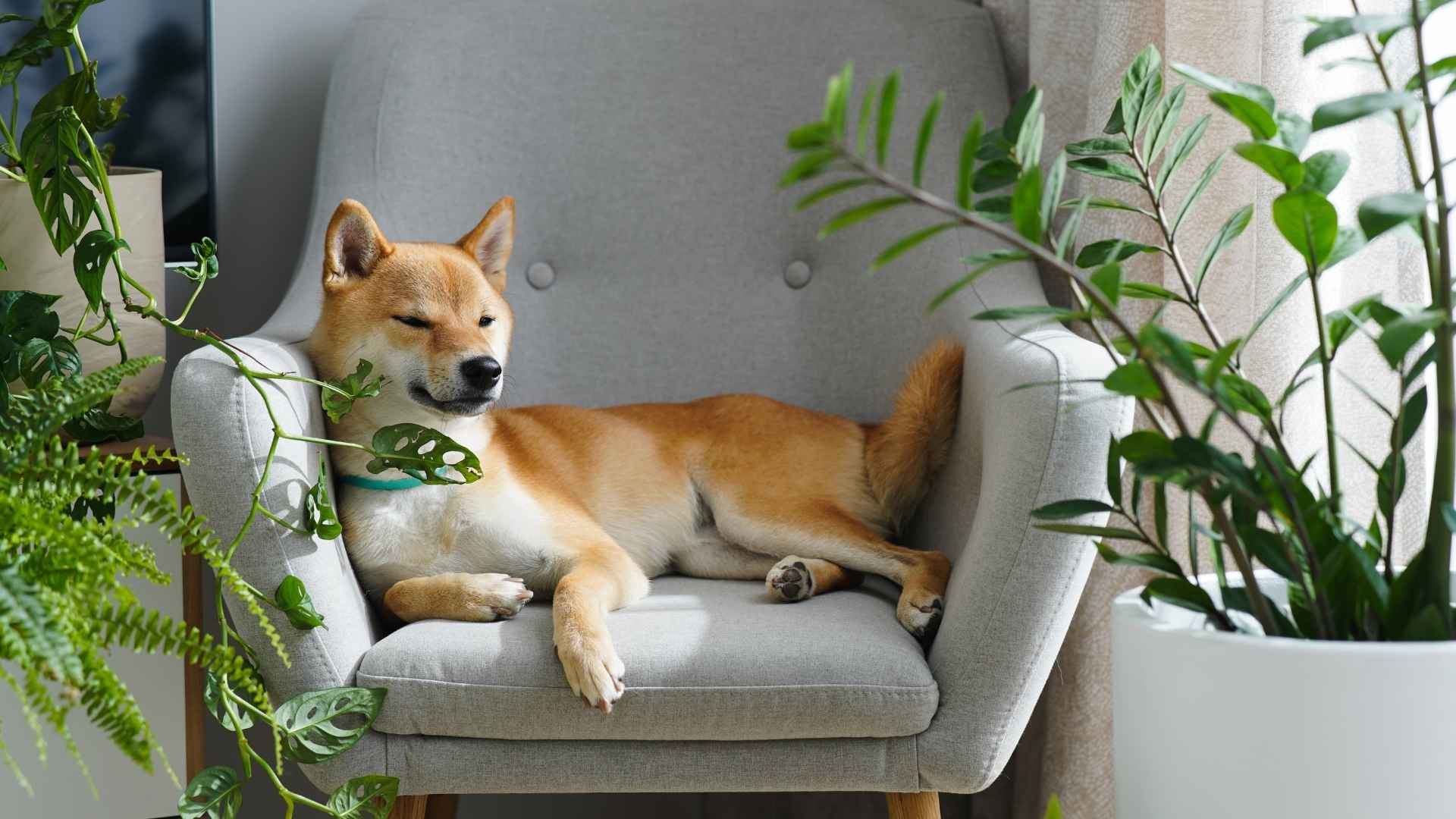Why do some dogs curl up under your arm the moment you sit down, while others choose a spot across the room? The answer often lies in their breeding and temperament.
Some dogs were developed for close human interaction, while others were bred for work that required independence. These traits remain even in modern homes. A dog that avoids constant contact can still be deeply affectionate.
They may show loyalty through watchfulness, quiet presence, or playful bursts rather than snuggling. For owners who love physical closeness, this difference can feel puzzling at first. But learning to appreciate a dog’s natural tendencies often makes the relationship stronger.
At the end of this article, we will identify specific dog breeds that are known for showing love in ways that do not involve cuddling when indoors.
Dog Breeds That Don’t Cuddle In Your Home
1. Chow Chow
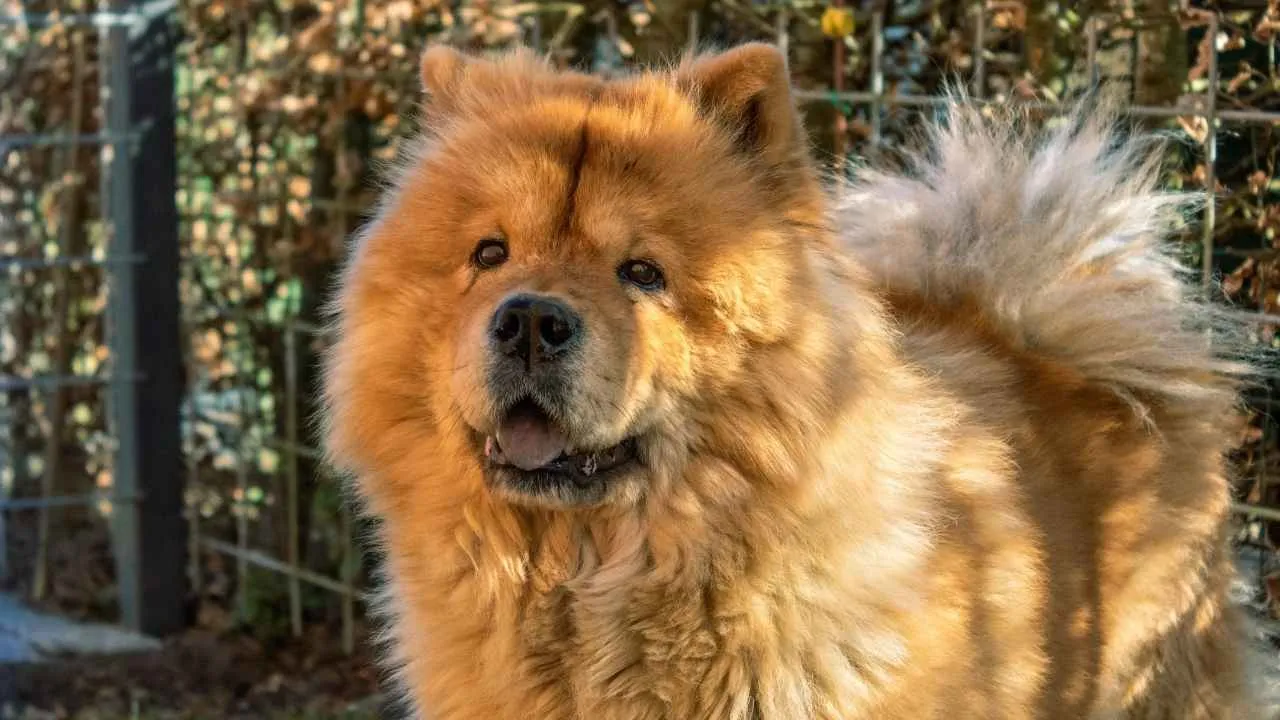
Chow Chows are known for being reserved and emotionally distant, even in homes with loving families, as stated in PetMD. They prefer their own space and may walk away when touched too much. This behavior can feel cold to those expecting warmth and physical closeness.
Strong-Willed and Private
They resist unnecessary contact, especially when they haven’t initiated it. Their posture stays proud and upright, often turning their heads away from affectionate attempts. For a home that values quiet companionship over clinginess, this breed stays emotionally guarded.
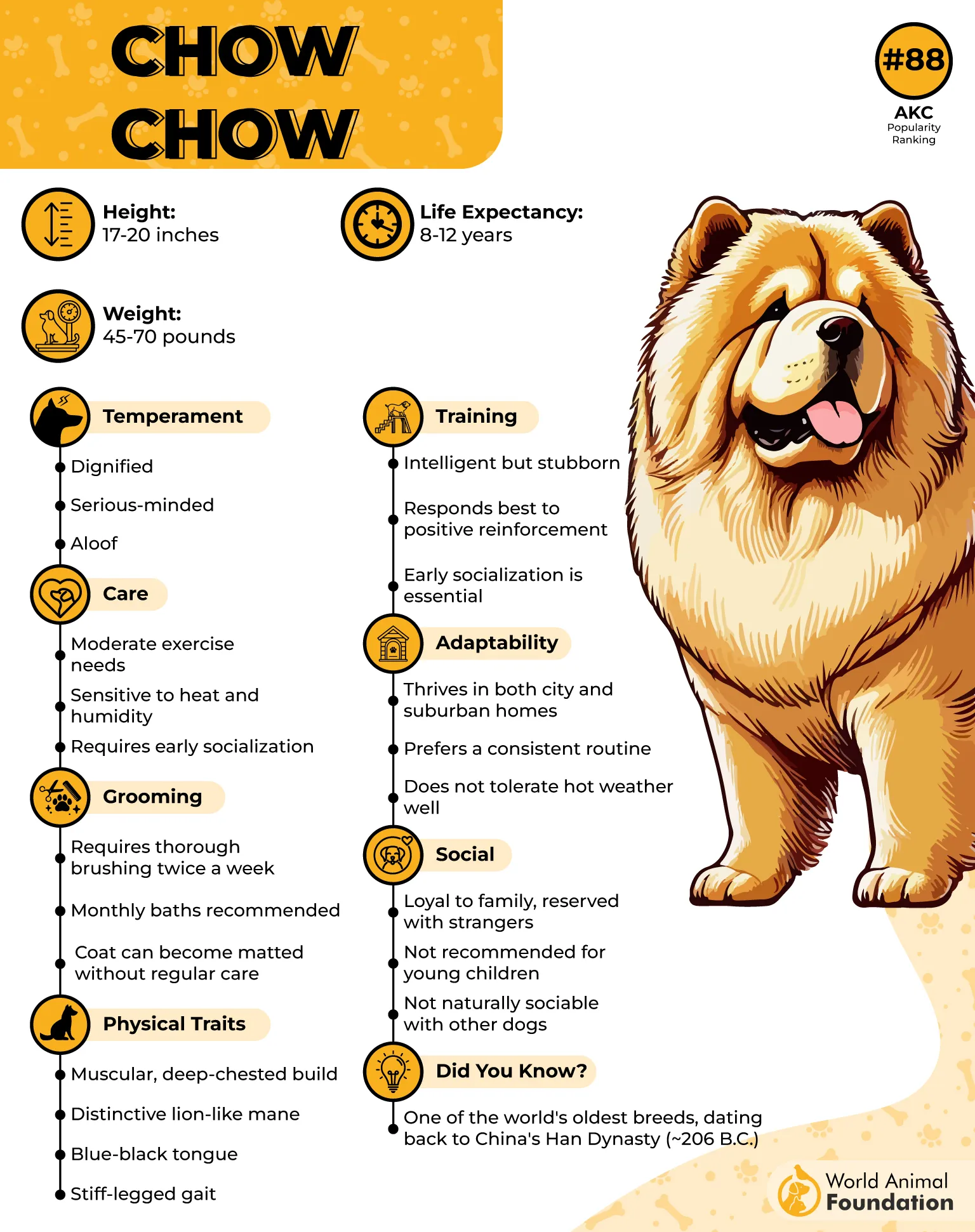
Low-Touch Social Behavior
Chows often bond deeply with one person but show little interest in lap-sitting or snuggling. They respond to attention in short doses and need time alone to feel balanced. This emotional pattern keeps them distant in households that expect constant closeness.
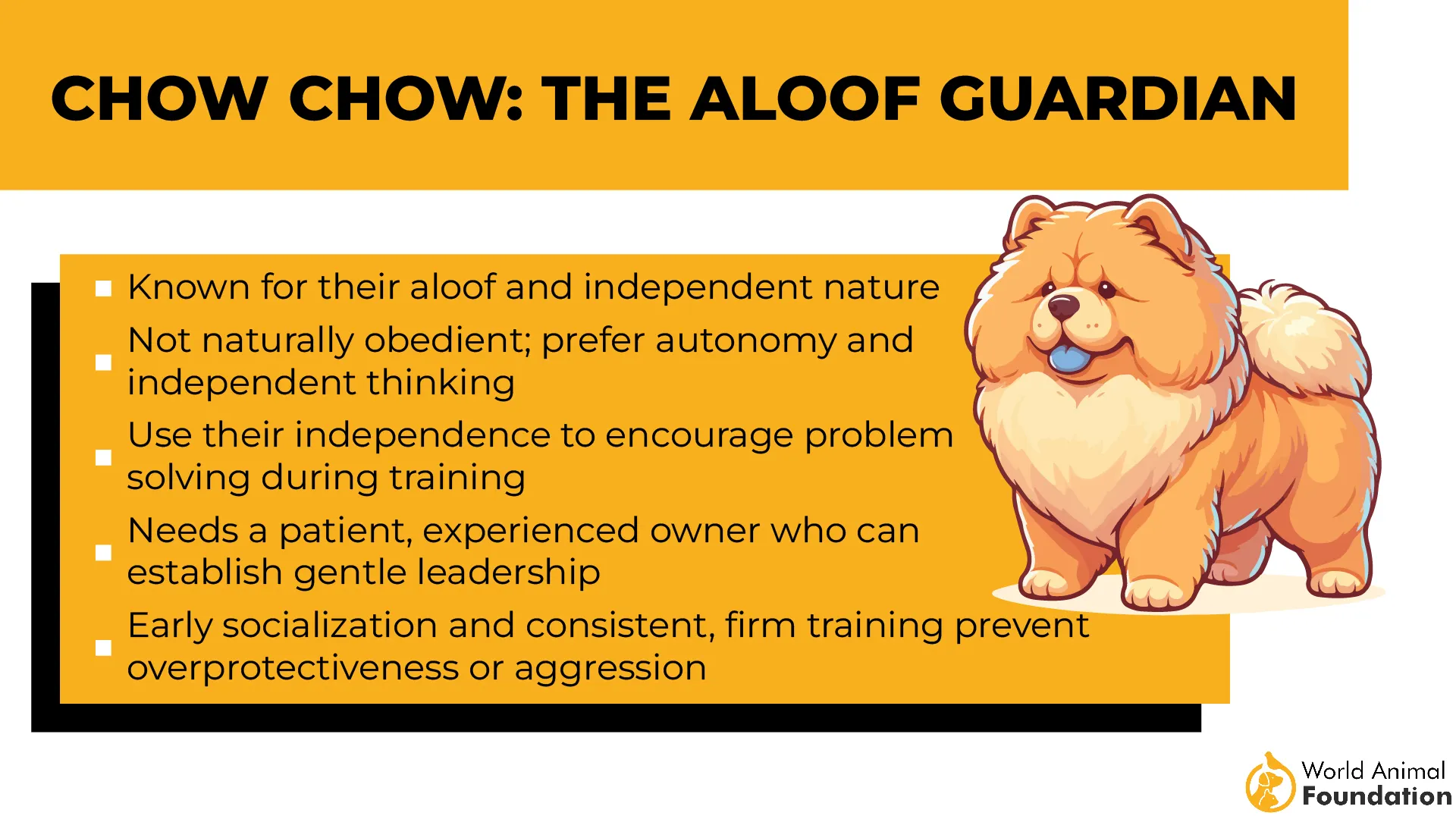
Quiet Independence
As one of the most recognized independent dog breeds, the Chow Chow thrives with minimal interaction. It stays content observing from a distance rather than being physically involved. Even inside small homes, it naturally carves out its personal territory.
2. Basenji
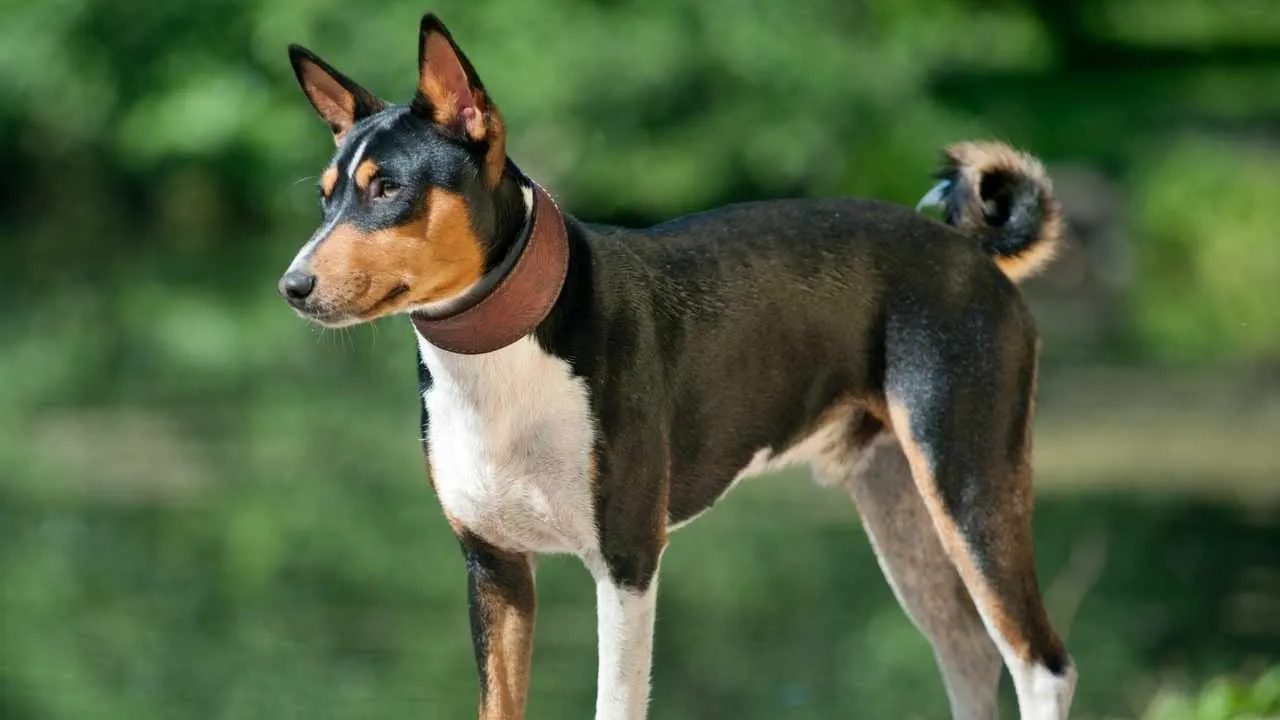
This breed often keeps emotional distance, showing affection in brief, subtle gestures rather than extended contact. Basenjis are rarely drawn to long petting sessions or cuddling on laps. They stay engaged through movement and eye contact more than physical closeness.
Restless and Curious
Basenjis are constantly alert to changes in their environment, making them less inclined to settle down beside people. They patrol the home with quiet intensity, often preferring to stay on their feet. These habits make them more active observers than cozy companions.
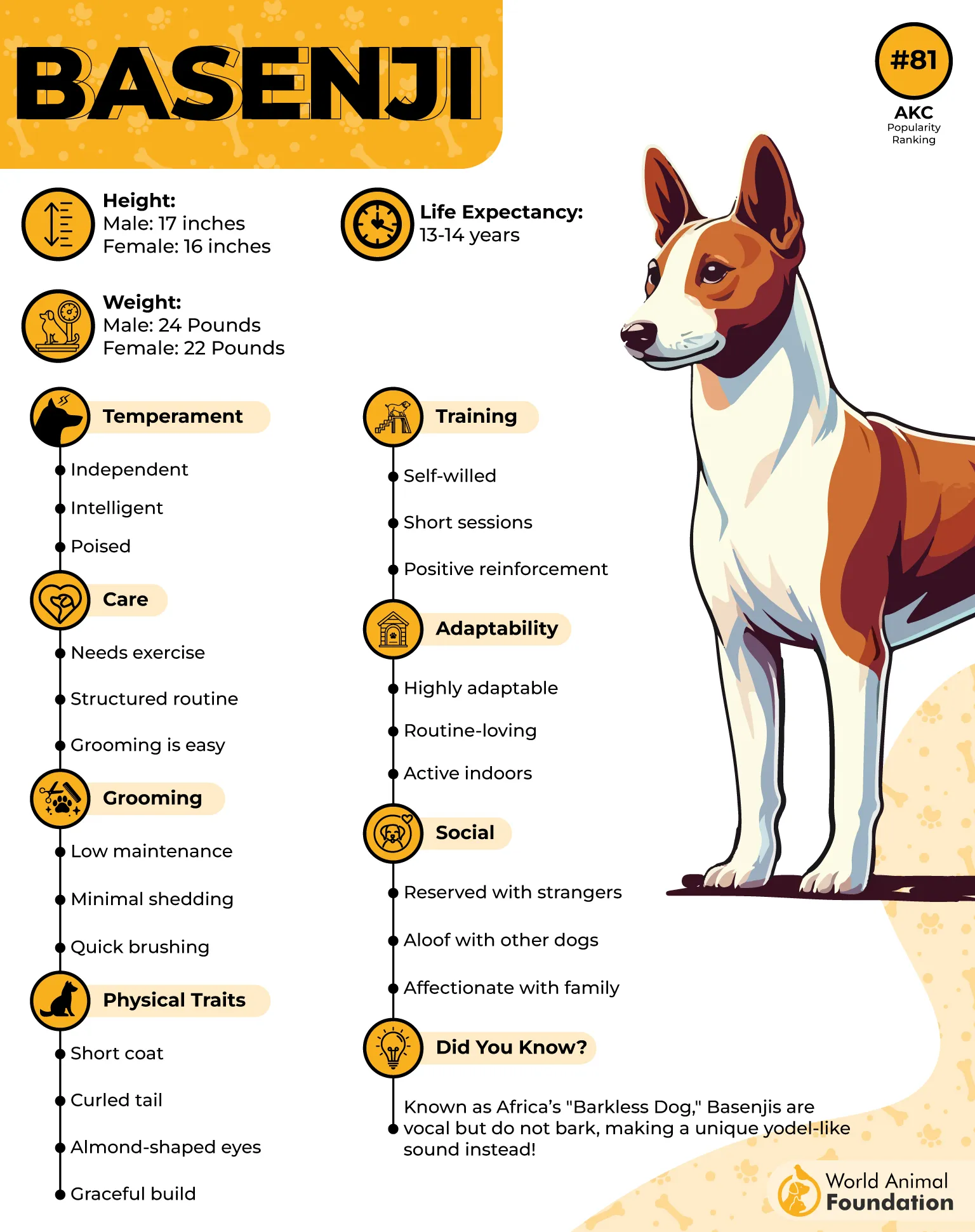
Confident Without Attachment
As part of the group known for being independent dogs, Basenjis rely more on their own instincts than social reassurance. They don’t follow family members around or seek comfort during quiet moments. Their aloofness is consistent even in familiar, affectionate households.
Quiet but Distant
Known as a barkless dog, the Basenji communicates through yodel-like sounds rather than whining or barking for attention, as the AKC stated. Their silence is paired with physical distance, and they often prefer their own space. Even as a small dog, they hold a strong sense of autonomy.
3. Afghan Hound
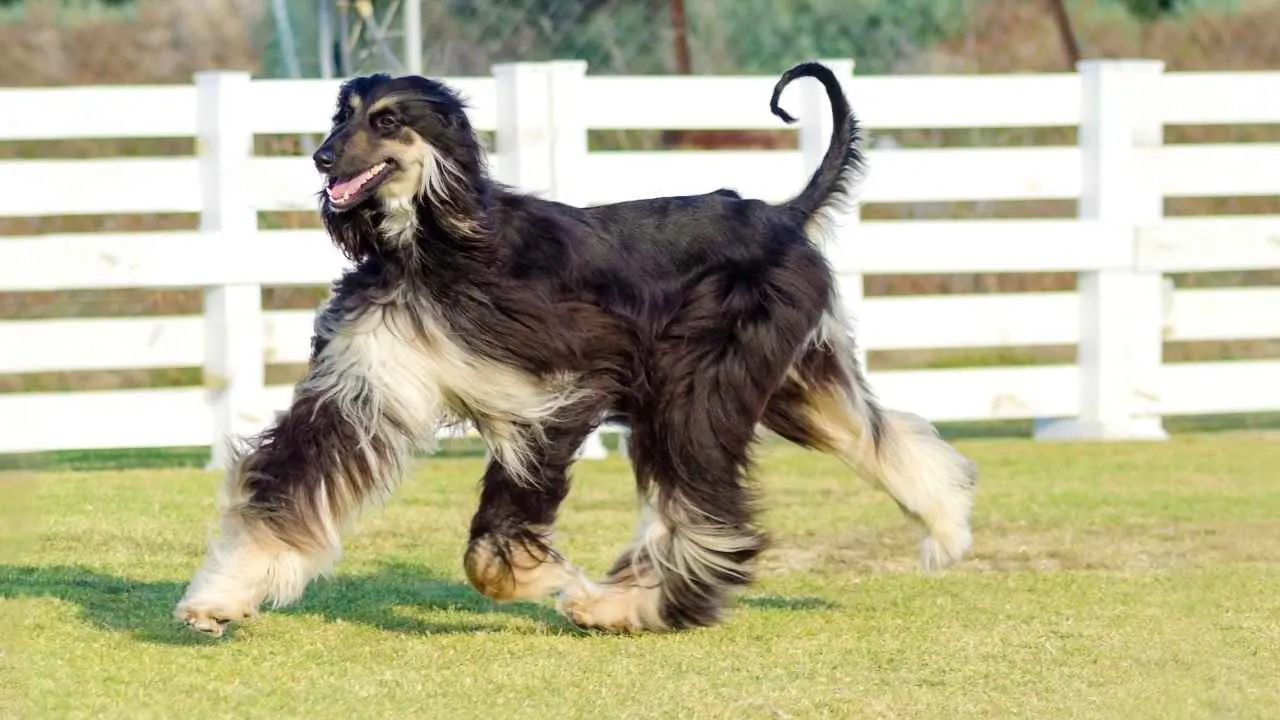
Originally bred for speed and sight-based hunting, Afghan Hounds are more attuned to motion than affection. They’re often alert to outdoor activity but emotionally distant indoors. This focus on stimulation over snuggling shapes how they interact in calm environments.
Independence Over Bonding
Afghans are famously self-contained and don’t look for approval before acting. Even when living with other dogs, they tend to avoid physical closeness or playful nudging. That independence often translates into a low interest in cuddling behavior.
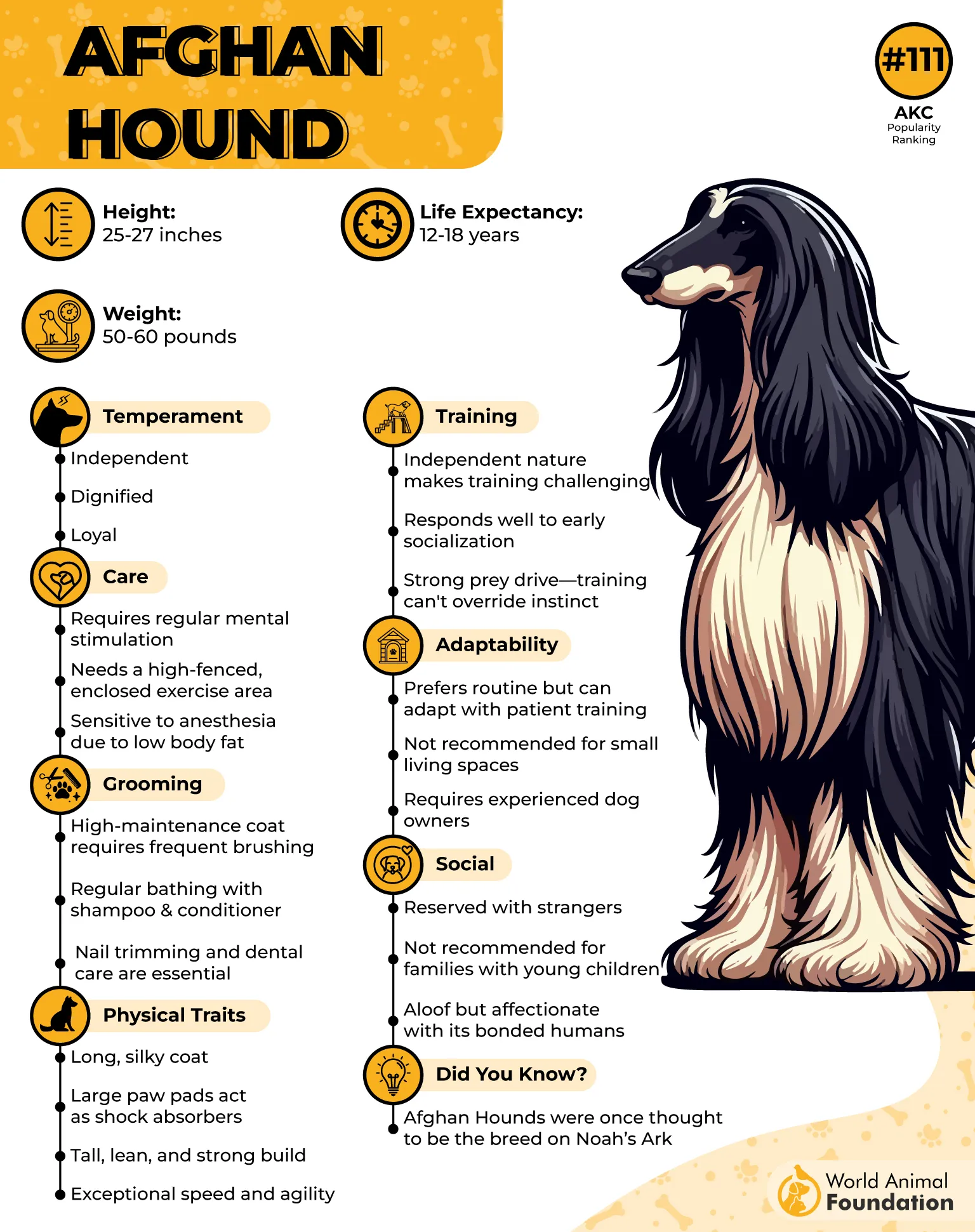
Movement as Their Priority
They do best with routine bursts of physical activity, such as open-space running. Once that need for exercise is met, they prefer lying alone rather than joining someone on the couch. Their post-activity downtime rarely includes affection-seeking habits.
Social Boundaries at Home
Afghan Hounds are more likely to watch from a distance than press for touch or attention. If approached too closely, they may quietly move away instead of engaging. These subtle boundaries make them a mismatch for highly affectionate households.
4. Shiba Inu
Shiba Inus are known to value personal boundaries and typically resist extended physical contact. They may accept brief pets but walk away when affection feels excessive. In a quiet home, their emotional distance becomes especially noticeable.
Reserved Even With Familiar Faces
They don’t seek out closeness with humans the way many breeds do and often stay physically separate, even from those they trust. A Shiba might sit in the same room but avoid laps or clingy behavior. This applies to both adults and pups within the household.
Training Without Over-Attachment
They respond best to firm and consistent training methods without emotional overdependence, as Orvis highlighted. Encouraging discipline in the early stages doesn’t make them more affectionate. Their nature remains rooted in self-direction regardless of familiarity.
Independent by Default
Though often described as loyal, Shiba Inus express that loyalty through presence, not touch. They’re aware of their surroundings and their people, but choose solitude when indoors. Their small size doesn’t equate to a lapdog personality.
5. Alaskan Malamute
Alaskan Malamutes are naturally drawn to activity and open space, rarely lingering beside their owners indoors. They move independently through the home and are often preoccupied with their own rhythm. Attempts to hold or cuddle them usually end with a subtle pull-away.
Low-Affection Interaction
They’re more interested in tasks than affection, and prefer keeping a calm, observant presence. Even as pets, they’re known to seek solitude after short bouts of interaction. Some will tolerate touch briefly but avoid physical closeness as a regular routine.
Disinterest in Downtime Touch
Their dense coat may invite contact, but most Malamutes resist prolonged petting or being held. They might lean into a scratch once, then walk off without notice. This behavior becomes more obvious when resting or winding down inside the house.
Social But Not Physically Clingy
At a dog park, Malamutes enjoy the company of other animals but still maintain personal space. They socialize through motion, not contact, and often avoid being hovered over. Even in family settings, they prefer to lie nearby rather than on laps or close in.
6. Shar Pei
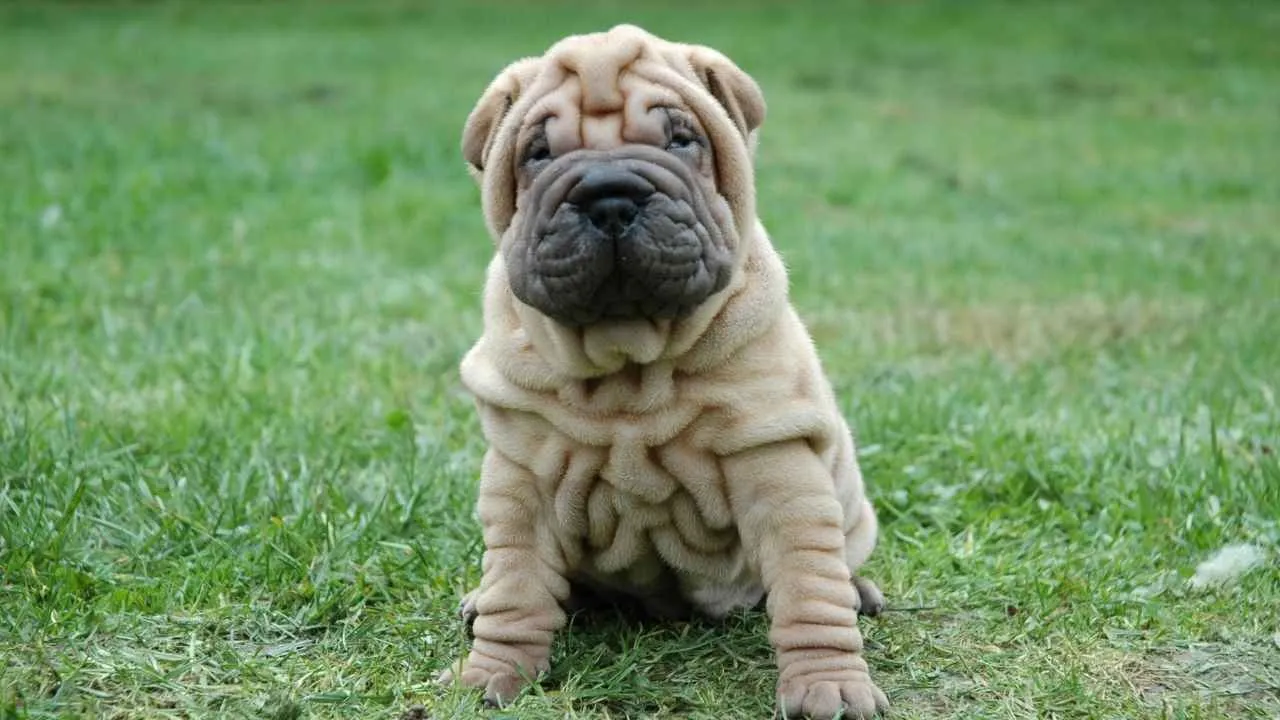
Shar Peis tend to resist prolonged handling or cuddling, especially from unfamiliar hands. They may allow brief closeness but often disengage without warning. This breed’s personal space is a non-negotiable part of their temperament indoors.
Guard-Oriented Demeanor
Bred to be protective, the Shar Pei remains alert and watchful even in domestic environments. Physical affection often takes a backseat to its focus on observing surroundings. That serious energy can make it seem emotionally distant to family members.
Reserved Touch Sensitivity
They have a low threshold for being touched in areas like the face or feet, which affects their interest in cuddling. Even well-socialized Shar Peis may step away from hands-on affection quickly. This preference shapes how they interact inside homes.
Emotionally Self-Contained
Shar Peis often keep to themselves and do not rely on physical closeness to express attachment. They rest quietly near their owners without seeking physical reassurance. This behavior pattern can come off as disinterested, especially to first-time owners.
7. Bloodhound

Bloodhounds tend to mentally check out when they’re indoors, especially when there’s no scent to follow. They’re physically present but emotionally detached, preferring to stretch out in peace. This makes them poor candidates for those seeking cuddly, involved companions.
Scent Over Touch
Once their nose locks onto something, human interaction becomes secondary. Even indoors, their mind stay outdoors, constantly alert to changes in scent trails. This obsessive focus often replaces any need for affection or attention from people around them.
Tolerance Without Clinginess
They don’t actively reject cuddling, but they rarely engage in it willingly. Many Bloodhounds prefer lying nearby rather than being touched, and they avoid prolonged closeness. Their patience is often mistaken for warmth, though their need for space is clear.
Low-Affection Behavior
The breed leans more toward task-driven independence than emotional bonding. In a home setting, they’re known to quietly wander off or sleep alone. Families expecting a responsive, affectionate pet may find their behavior distant and non-interactive.
Conclusion
Dogs that keep their distance indoors often have instincts shaped by history and work. They may not physically be affectionate dogs, but their loyalty runs deep.
A low-shedding coat or comfort being alone for a few hours can suit them well in certain households. These breeds are perfectly happy watching from across the room, joining in on their own terms.
The right pup does not need constant touch to thrive. What matters most is giving them the space and care that keeps them healthy, so they can return that trust in the way they know best.


